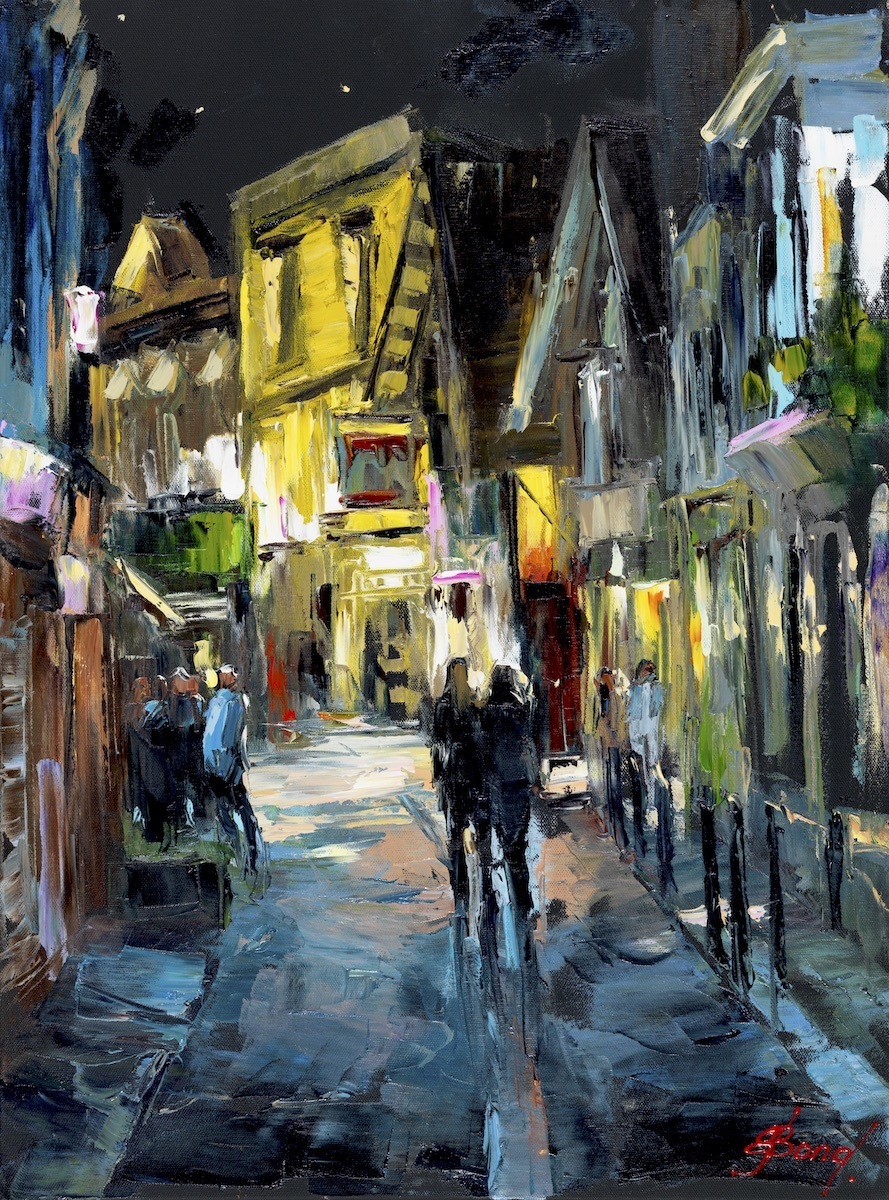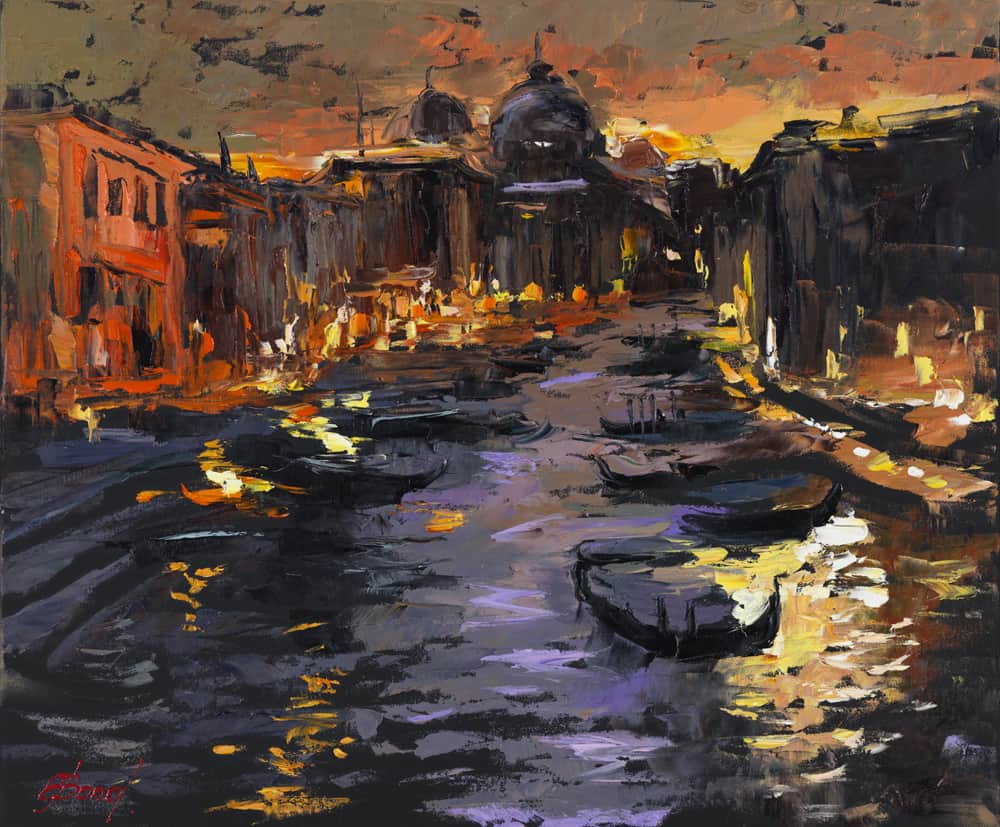What is the Value of Impressionist Art
Everyone who collects art will tell you that the value of art can be subjective and can vary over time. Many of the most famous pieces have a farely stable value, but new art can vary wildly in what it is worth based on appraisals. There are many features that are used to create value for art pieces and it is wise to know about the way that art is valued before you start investing in it.
The value of Impressionist Art is often beyond the stated monetary value. There are people who love to collect specific kinds of art, and if you love Impressionism, being part of the movement has value as well. You will be helping to create opportunities for those who create pieces in this style, and you will make it possible for those artists to continue to work and thrive with your purchases.
There are many ways to look at the value of art, which makes the valuation process complex and deeply personal in some cases as well.
How is Art Valued?
Art values are established from data taken from auction house sales, private collections with comparable pieces, and corporate collections. Art gallery pricing is also often used to help with the substantiation of value for different kinds of art.
The items that the valuation is based upon the need to be listed in the valuation information for the piece of art and the owner needs to keep the valuation documents as part of the provenance of the piece after they make a purchase.
Art valuation is done for any authentic piece, and it is essential to make sure that the piece can be evaluated, insured, and sold or added to a collection. There are many reasons that you might want to know what the actual value of your art is.

No matter what other you have, you will need to see the valuation documentation to be sure that you are buying a real piece of impressionism art. No actual piece of art that is bought through a seller, like a gallery or an auction, will be without a valuation that is clearly documented.
Charisma is something that can become part of the value of a piece of art, which is kind of like saying that a piece of art is more popular than another piece. The awareness that others have of the piece of art can greatly impact the value of the piece over other similar pieces or even works done by the same artists.
Recognition does have value and this is one of the reasons that some pieces are so much in demand while others are not. Even similar pieces could be valued at different amounts based on the artist or the popularity assigned to one piece over another.
Art styles can also be associated with recognition value, and Impressionist art is really recognizable. Clear creative styles make art more valuable, even if it is new to the market or the artist is an up-and-coming star.
Clear association with other artists of repute and sharing the same style can make a huge impact on the value of the art that you are buying. This is why some new painters to the Impressionist scene will have pieces for sale for steeper prices than other new painters.

How do I Know if the Art I Want to Buy Will Have Lasting Value?
Valuation trends are hard to predict in some cases. Popular art will tend to hold value for longer than unique, one-off pieces. Art styles that are in demand, such as Impressionism, tend to have more stable values than other kinds of art that might be a flash in the pan.
Economic trends can also have a lot of say in the valuation of your art over time, and the value of the pieces in your collection could go up and down in price in keeping with inflation and other pressures within the luxury sales market.
Another factor that can greatly impact the value of your Impressionist Art is whether or not the artist’s work is supported by dealers and collectors. When pieces have a niche following but are not sponsored by stable sales at dealers or galleries or auctions, it can be hard to secure a long-term, stable value for your piece.
If value over time is one of your main considerations when selecting a piece, be sure that there are dealers and art collectors who are backing the artist to help ensure a stable valuation for your pieces.
Dealers will protect the value of the works of the artists that they work with, and you will get spill-over benefits from their efforts with your investments. You should always be cautious about investing in new artists who are not dealer-supported if you are worried about someday recouping the money that you spent to collect the piece.
While it is possible to collect art only for its future value, you might want to be cautious about counting on this when you are selecting a piece of art that is quite costly.

Intangible Value
Emotional value is one of the intangible aspects of art collecting that can be hard to quantify. This is why some pieces will sell for very high margins at auction when a more recognized artist’s works do not.
Sometimes the rarity of the piece or the quality of the piece is not as important to the market as the notoriety of having the piece in your collection. In other cases, the personal attachment that someone has to a specific piece is what drives the price up on a piece when it is purchased.
This kind of emotional value that one collector feels for a piece does not mean that the piece is actually going to sell for more on the market in the future. There are collectors who feel passionate about securing specific pieces for their collection and are willing to pay in excess of the valuation of the piece to get access to it.
These kinds of purchases are not as uncommon in the art world as you might think. They can, however, create falsely high valuations for specific pieces of art that cannot be demanded of other works by the same artist down the road.
Likewise, if someone collects pieces for an artist who has not been discovered, these pieces can go up in value exponentially due to the newfound fame of the person down the road. You cannot count on this kind of future value for any piece of art, but this does happen in the art world when artists get discovered by a wider audience.
The popular value of an artist can also vary significantly over time, so you might want to consider this a short-term benefit and not one that will influence your art purchase in the long run.

The Value of Art Can Vary
Art can have a wide array of valuations attached to it. You can see from this discussion why it can be possible to own two pieces from the same artist and find that they will have differing values. Everything from the size of the piece to the public’s awareness of its existence to the backing of a dealer can change the valuation of your Impressionist Art collection.
Make sure that you are prepared to look at art as a long-term investment and that you consider investing in art to be a matter of passion just as much as a matter of money.
The more flexible you are about your attachment to the value of a specific art piece, the more fun you will have when you are collecting art. You cannot expect that every piece of art that you collect will increase in value over time, and you should be aware that you might end up with a few pieces which do not hold their value as well as you might have liked.
However, if you like the piece and it brings you joy each time you look at it, this can be valuable in and of itself.
Picking Impressionist art for your collection can be as much about the value of the piece as what it makes you feel, and you should not feel compelled to invest in art just because it is well-known or has a high valuation.

Art Collecting Can be Very Rewarding for Many Reasons
The value of the art that you are interested in does not have to be the only factor that encourages you to buy it. You should also feel attached to the pieces of art because they speak to you.
This will make your art collection more meaningful and help you to enjoy your art collection even when the valuation fluctuates up and down over time. Art collections can be quite valuable just due to the joy that they bring when you view them, and you should not consider the monetary valuation of a piece above all things.
The value of Impressionist art is more stable than many other less recognizable art styles, which can make it an ideal style of art to collect. If you love bright colors, emotional pieces, and charismatic paintings that can become your own, Impressionist art might be the right kind of art for you to collect.

